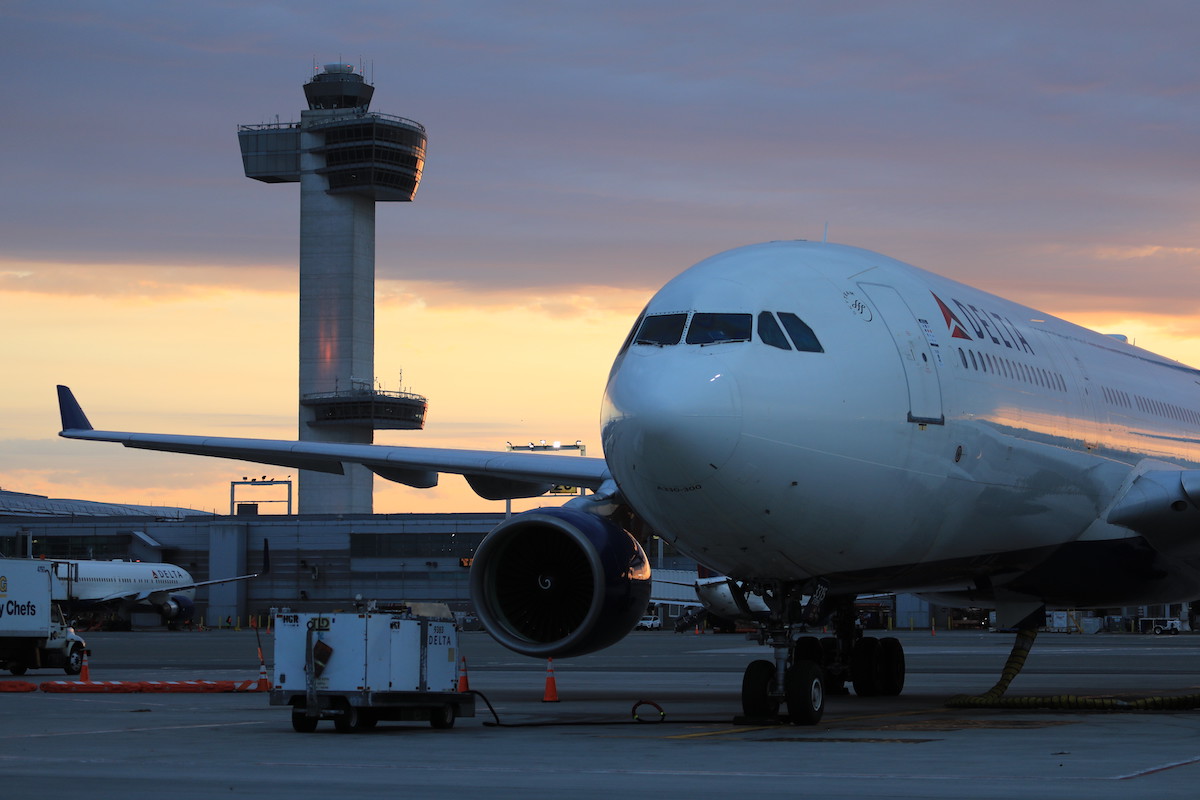U.S. Transportation Secretary Pete Buttigieg had bleak words for House members Wednesday on the impact of a potential federal government shutdown to the country’s air transportation system.
“A government shutdown would stop us in our tracks when it comes to hiring and growing the ATC workforce at exactly the wrong moment,” Buttigieg told the House Committee on Transportation and Infrastructure on Wednesday.
Funding for the federal government is set to expire in just 10 days on September 30. If it does, a shutdown of non-essential government functions would begin on October 1.
The Federal Aviation Administration, which oversees air traffic control in the U.S., is short more than 3,000 air traffic controllers. The agency has roughly 2,600 controllers in the training pipeline, including classroom instruction in Oklahoma and on-the-job training in air traffic control facilities around the country, all of which would stop in the event of a government shutdown. Hiring of new controllers would also cease.
Certified air traffic controllers, as well as other staff deemed essential, would continue to work through a shutdown. This includes the Transportation Security Administration, as well as customs and border protection agents at airports.
But, as the pandemic stop in air traffic controller hiring and training showed, an extended pause in the process would exacerbate the existing shortage that is already being felt by airlines and travelers across the U.S.
Buttigieg said Wednesday that the current controller staffing situation in the New York area, which is known as the “N90 Tracon” for terminal radar approach control, was “unacceptable.” In March, the FAA admitted that staffing levels there were at 54% of target levels. That prompted it to waive slot and runway timing usage rules for 10% of flights at JFK, LaGuardia, and Newark airports this summer.
Despite that waiver, weather combined with the air traffic controller shortage snarled flights into and out of New York for much of the summer. The delays made headlines when they cascaded across United Airlines’ network in the weeks leading up to July Fourth, and prompted the carrier to cut flights at its Newark hub in August. And, across the Hudson and East rivers at JFK, JetBlue Airways executives said they faced 30-straight days of air traffic control-related operational constraints in June and July.
Following calls from airline industry leaders, the Department of Transportation first extended the waiver through October and then, earlier in September, through October 2024. It also allows reductions to schedules on the busy shuttle routes between New York and Washington’s Reagan National airport. The waiver applies to rules that require airlines use all of their slots and runway timings 80% of the time or risk losing them.
“We have to get ahead of this,” JetBlue CEO Robin Hayes said of the air traffic controller shortage on September 12. “The FAA has to double down on hiring and the technology investment. But even in the best case, that is a multi-year effort.”
Hayes estimated that full air traffic control staffing, given attrition rates, was probably five years away.
The fallout from a government shutdown would likely be limited for airlines, at least initially. American Airlines, Delta Air Lines, Southwest Airlines, and United Airlines all felt the effects of a prior government shutdown that lasted 35 days from December 2018 through January 2019. At the time, Delta said federal government travel dropped by about $25 million a month during the shutdown, and Southwest pegged the full cost of the closure to its business at $60 million. American and United, both of which have a significant exposure to government travel owing to their Washington, D.C.-area hubs, said it negatively affected yields but did not put a number to the impact.
There were non-financial airline impacts from the 2018-19 shutdown as well. For one, Southwest was forced to delay launching then-planned flights to Hawaii as the FAA’s staff tasked with certifying its Boeing 737s to fly over water, what is known as extended twin-engine operations or ETOPS, were furloughed during the closure.
The impact of a government shutdown would also increase the longer it goes on. A several-day shutdown would likely not be material for either airlines or the FAA. A longer shutdown could, as in 2018-19, mean more lost revenue both in fewer government trips but also fewer trips by those coming to D.C. to lobby or work with the government.
And, who can forget that the 2018-19 shutdown ended only after the FAA found itself short air traffic controllers in New York — as it already does today — and halted some flights to LaGuardia airport.





